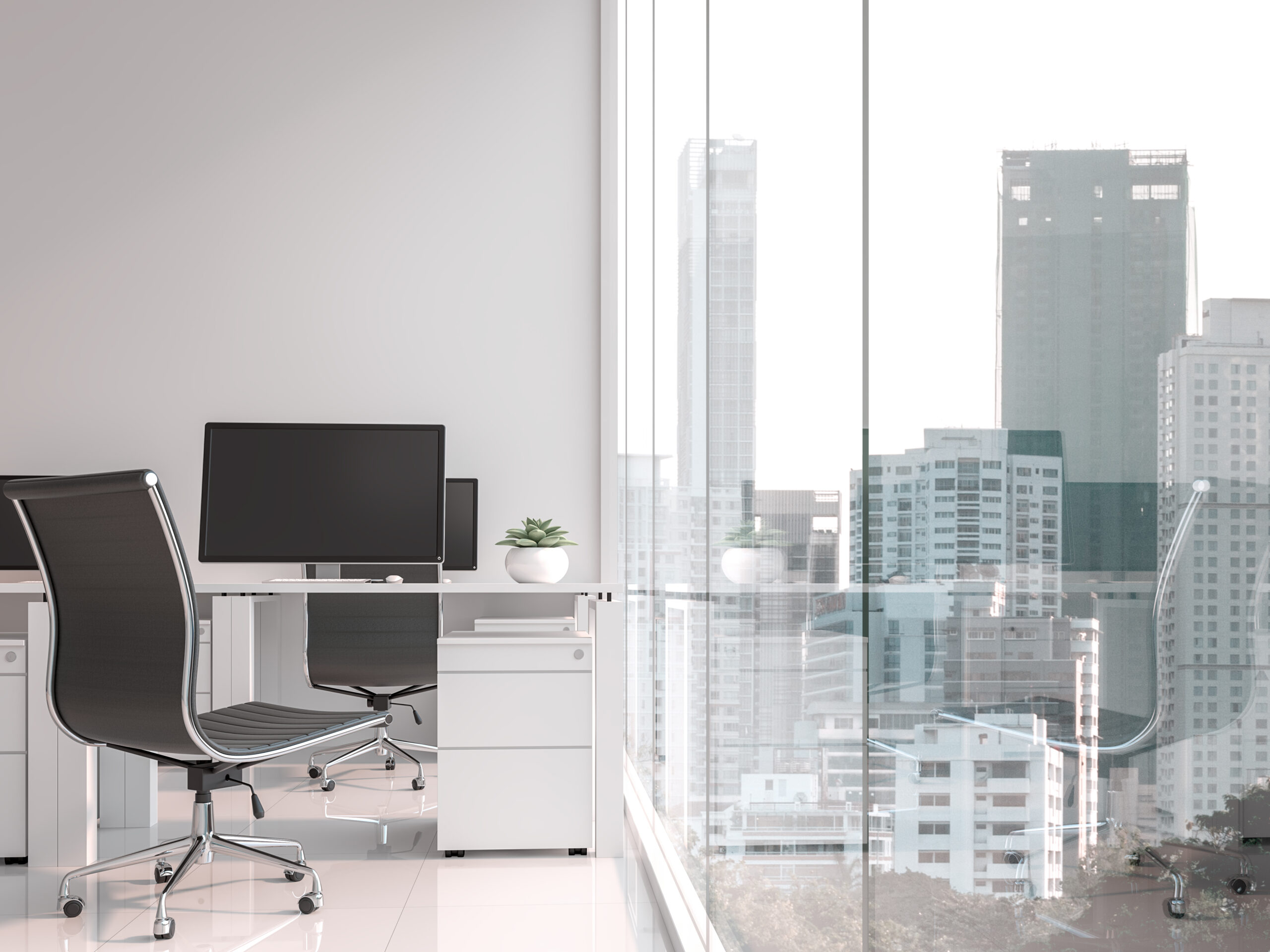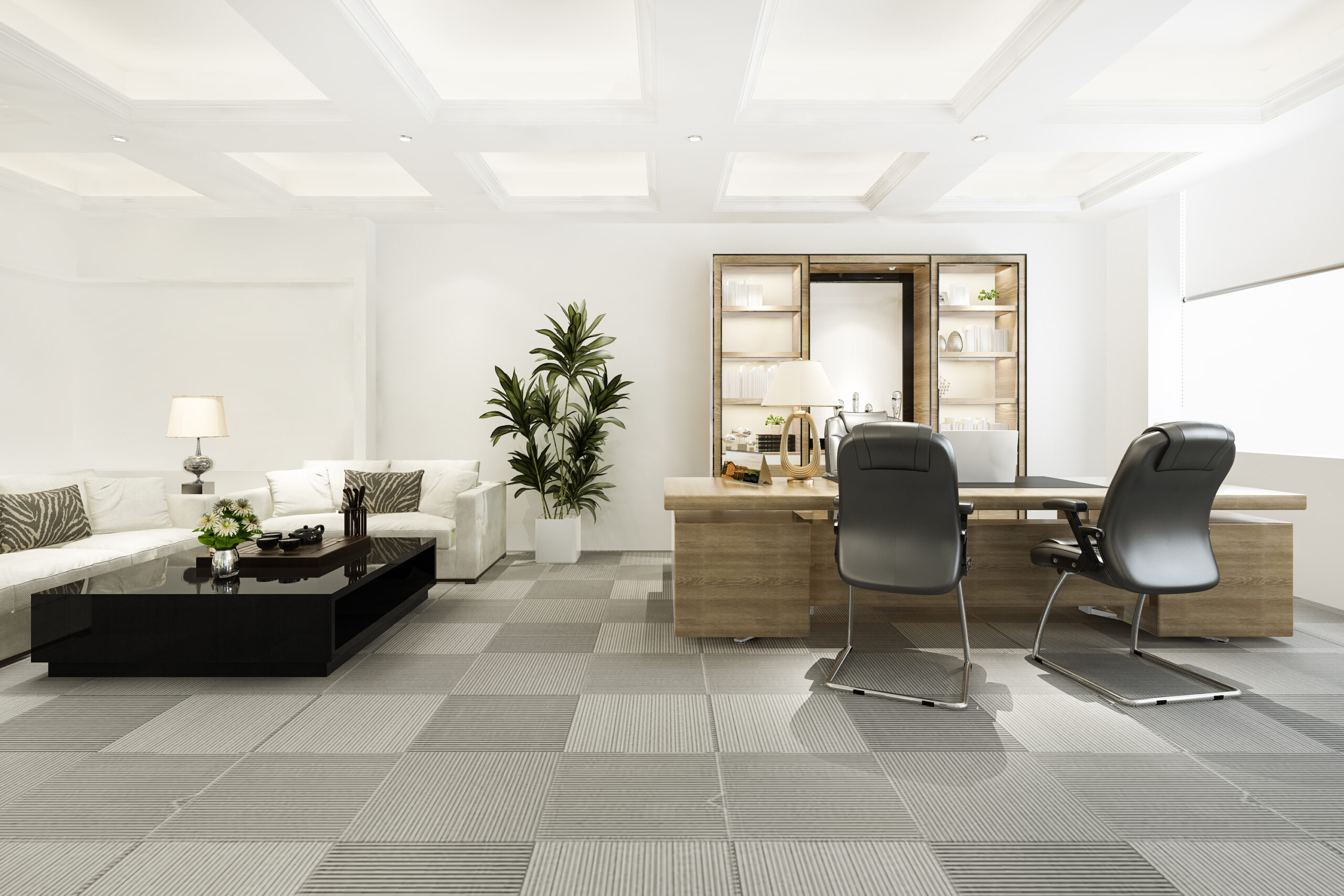When it comes to workplace design, we should think about what the environment is doing to the brain, how each human brain is unique, and how we might use it to help people be more productive and healthier. As we emerge from the epidemic, the design world continues to evolve. How can designers ensure that we not only keep up with but also adapt to, a changing world?
Finally, the purpose of an interior work environment is to promote high productivity while also engaging the inhabitants in meaningful ways. One method commercial interior designers in Mumbai use is to create places that stimulate the five fundamental senses: sight, hearing, touch, smell, and taste. Memories are formed by the senses. Our movement across space is defined by our senses. The senses collide and mix. For every one of us, our senses generate distinct experiences and ideas.
It’s why we enjoy being outside in nature, with its never-ending variety of sights and sounds. Nature is not just a sensory paradise; it is also intellectually and physically reviving. Given that we spend 90% of our time indoors, designers have a responsibility to make our environments as exciting as possible. It’s easier said than done, but there are a few ways we can bring the outdoors in and stimulate your senses.
- Touch
Touch may not be the first sensation that comes to mind when designing a workplace, but it should be considered. We typically desire a workplace that looks nice, but how about one that feels nice? Fabrics and textures may entice people to sit and spread positive energy across a space. Hard surfaces, for example, can make a workplace feel cold and antiseptic, but soft textures can make an office feel warm and welcoming.
A person’s tactile experience in their surroundings is greatly influenced by factors such as choosing hardwood vs soft carpeting or the sort of fabric chosen for a sofa. Textures and materials that are comfortable to the touch are constantly in style. Velvet is making a comeback in rich, deep hues, and fixtures are appearing in designs and materials that are agreeable to the touch. Our interior designing company in Mumbai proposes that you opt for natural, ecological materials since they will add positive energy to your working environment.

- Sight
The most evident sense that interior design addresses is sight. The appropriate design should be easy on the eyes. Colours, textures, and light all play a vital role in feeding this feeling. The biophilic design provides a framework for developing good work environments that incorporate nature and natural habitats.
This strategy is used by the best interior designers in Andheri and is sure to assist enhance overall cognitive wellness, with colours suggestive of the natural world, natural materials, biomorphic designs, and improved access to sunshine. For example, using more natural light rather than harsh overhead lighting may increase attention, minimise eye strain, and generally improve employee morale.
- Sound
While noises are fantastic for setting the mood at home, the absence of noise may be just as beneficial on the job. It might take up to 20 minutes to return to a job after being distracted, and one of the most prevalent workplace distractions is noise pollution. Fortunately, commercial interior designers can alter noise levels to generate that ambient buzz where it is needed, as well as divide off zones that demand more concentrated and quiet independent work.
A place with a lot of texture and acoustic elements, for example, is quieter than an open-plan space with smooth surfaces. Simple measures like installing acoustic privacy screens, structuring booths to minimise interruption, or strategically putting employees in relation to key routes or amenities like bathrooms or café areas should all be considered.
- Smell
Smell is the sense most closely associated with memory, accounting for up to 3/4th of the emotions we experience on a daily basis. As a result, smells might elicit an emotional reaction that is linked to our conscious recollection. When designing workplaces that not only inspire but also generate a good relationship between a space and its occupants, we must address the sense of scent.
As designers, we must plan a space ahead of time, taking into account the closeness of food and work zones, as well as any smellscapes. The scent may be included in an office design through plants, flowers, air purifiers, or simply access to good old fresh air from an open window. Luxury interior designers in Mumbai also discussed how certain fragrances like lemon, peppermint, and coffee might be useful in the workplace.

- Taste
Strategically organised cafés and lunch rooms are one easy approach when it comes to ‘taste’ in the workplace. These places will bring staff together to encourage cooperation, productivity, and leisure over a cup of coffee.
Artists can draw inspiration from the textures and colours of food and utilise them as the foundation for a fresh new approach to materials. This is a well-known approach for furniture designs used for commercial office interior design that disguises traditional building materials as enormous sweets. Wood cast in concrete, for example, looks like nougat.
If you want to renovate and enhance the interiors of your commercial space, or if you want to change the look and feel of it, call SNZ Designs, your trusted Commercial Interior Designer in Mumbai, right away so that our interior designers can make your vision a reality.
